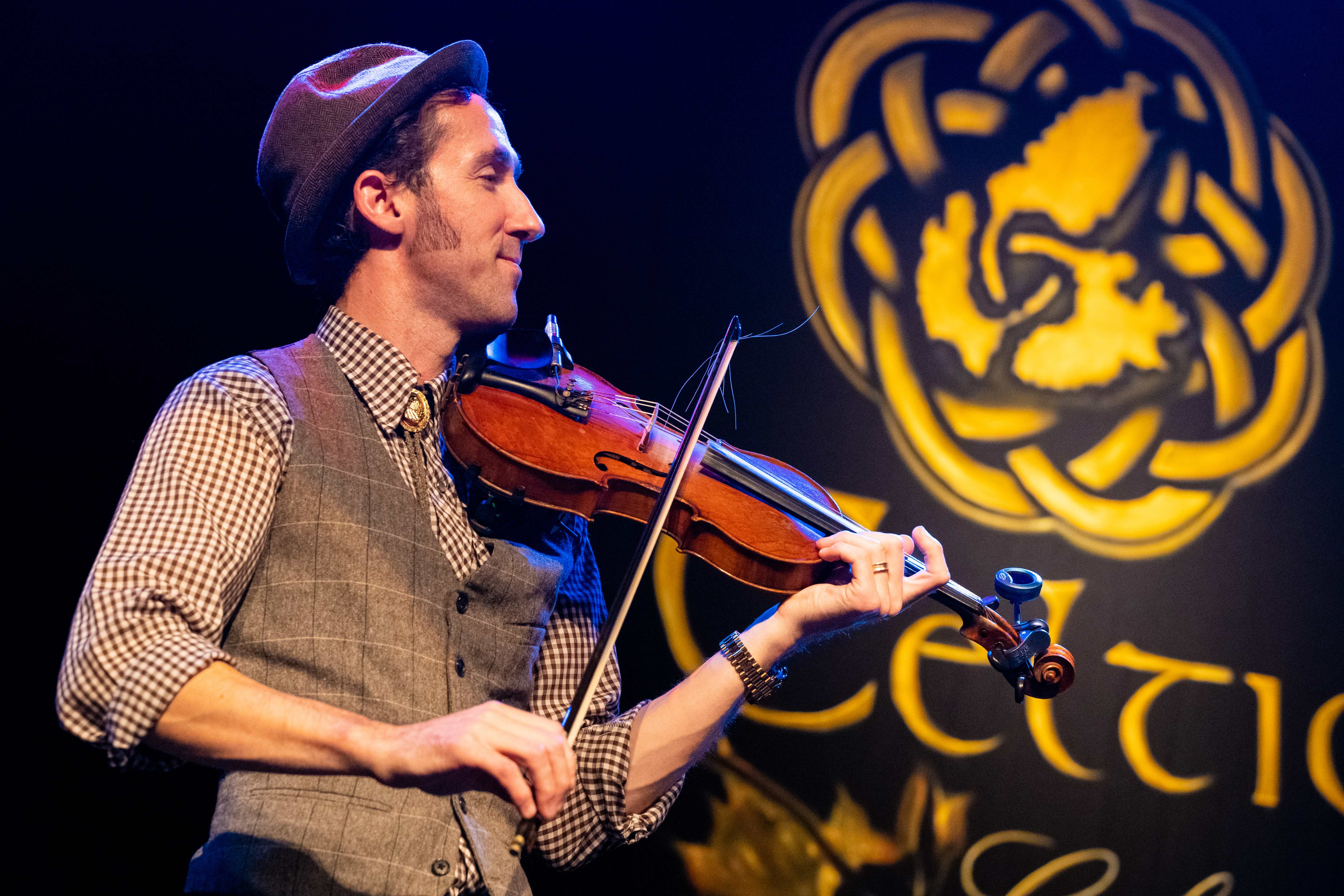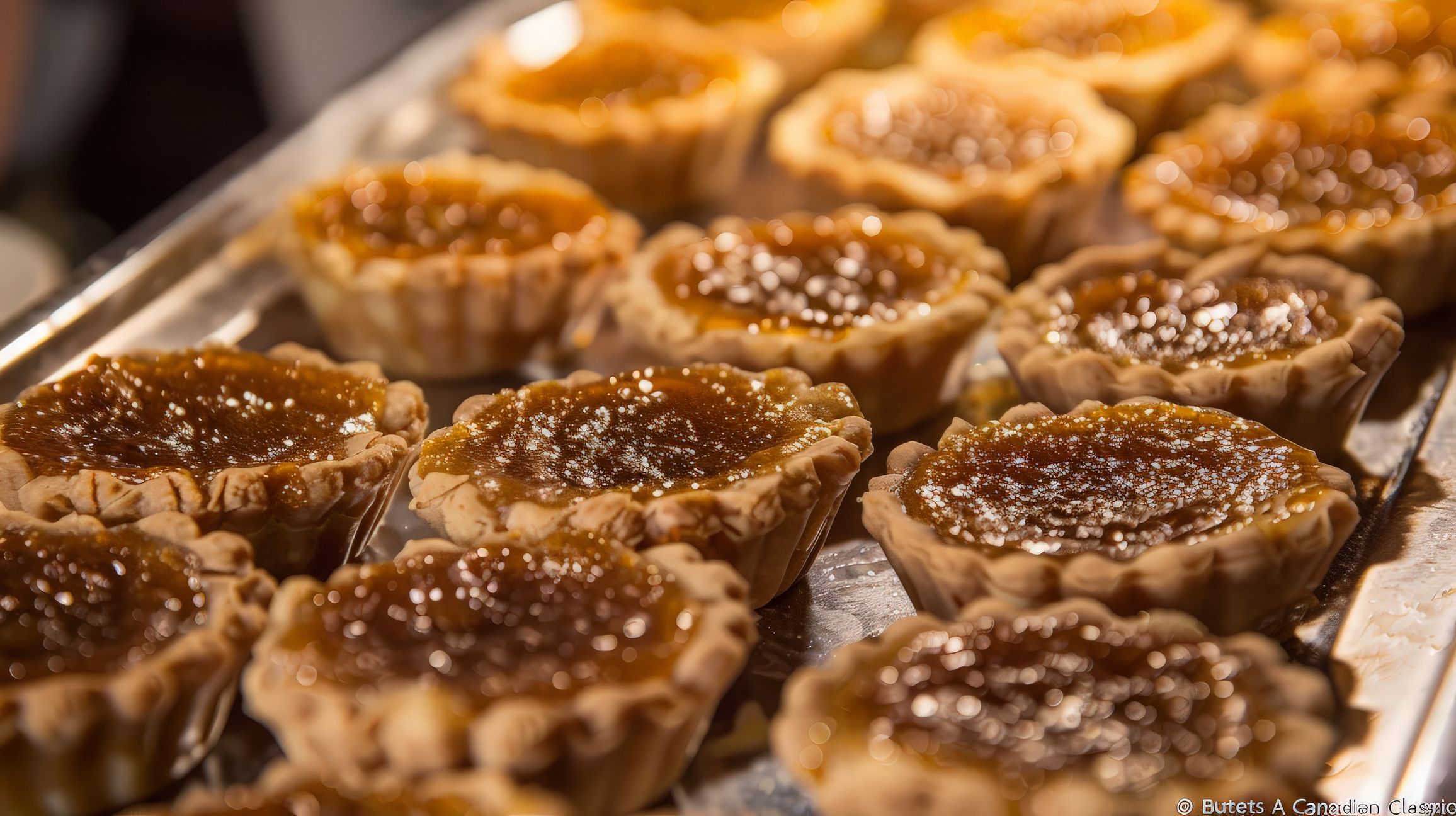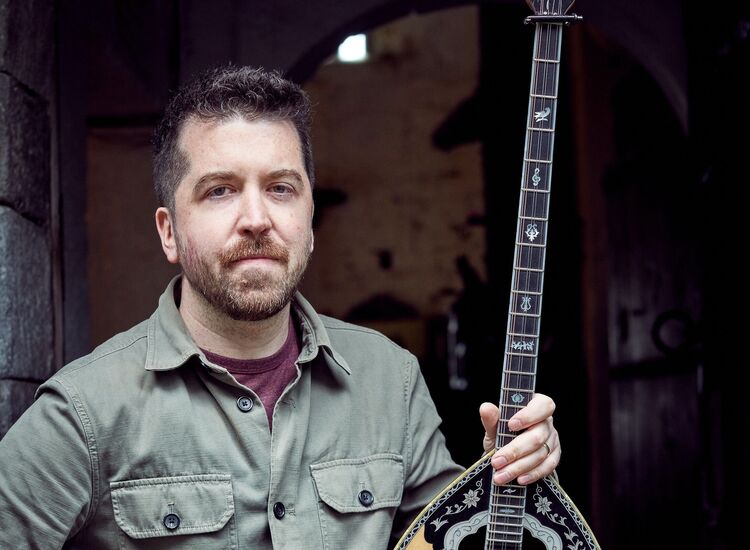As I reported in last week’s Echo, I was a tag-along to my family of golfers whose sole purpose for visiting Nova Scotia was to play the spectacular courses at Cabot Cape Breton(cabotcapebreton.com) in Inverness. I enjoyed all the perks of the resort without ever picking up a club — luxury accommodations, wonderful food, breathtaking scenery — especially the nightly (weather cooperating) piper who perches on a dune and plays beautiful Celtic melodies until the sun fully sets. The postcard-worthy scene couldn’t have been more perfect, and we were all clearly moved by such a lovely way to end the day.
CELTIC COLOURS
For anyone who’d love more piping, fiddling, step-dancing, or Celtic culture in general, mark your calendar for Cape Breton’s most ambitious event, Celtic Colours International Festival, a nine-day extravaganza which begins on the Friday of Canadian Thanksgiving weekend (October 11-19 this year; October 10-18, 2025). The festival, introduced in 1997, is a unique celebration of Cape Breton’s traditional culture and hospitality and includes 50 concerts and more than 200 activities in communities throughout the Island. In addition to performers from all around Canada and the United States, over the years artists have traveled from Scotland, Ireland, and other Celtic nations to join local musicians, singers, dancers, storytellers, and tradition-bearers for the annual autumn celebration.
Fancy a concert from Cape Breton fiddler Ashley MacIssac, well-known for performing with The Chieftains in the late 1990s (October 13 in Merbertou)? A performance from “The Dublin Trio,” three masters of traditional music who make their festival debut (October 17 in Baddeck)? Or a session called “A Touch of the Irish” led by Dublin-born guitar player John Doyle (October 15 in Lower River Inhabitants)? This premier musical event (celtic-colours.com) also comes with a delicious array of homespun meals available in church halls and community centers — fish cake and baked bean suppers, Irish Stew dinners, and seafood chowder luncheons to name a few — and in-between you can learn how to weave, quilt, shoe a horse, or carve a pumpkin!
GLENORA DISTILLERY
You won’t learn how to distil single malt whisky at the festival, but you can learn how it’s done if you visit Glenora Distillery, North America’s first single malt whisky distillery in Mabou (a short drive from Cabot Cape Breton). Borrowing from the expertise of Scotland’s Bowmore Distillers and using authentic Scottish copper pot stills and mash tuns, Glenora produces whisky the traditional way using only yeast, barley, and water, the latter sourced locally from MacLellan’s Brook, the cleanest water source in Cape Breton. I toured the distillery, which also offers lovely accommodations at its adjacent inn, and discovered, among other things, the whisky-making process Glenora-style, along with a tasting of its “Canadian Single Malt,” a perfectly balanced blend that single malt fanciers will be quite pleased with. The distillery is open for tours from June to mid-October, and Ceilidhs take place twice daily in the Whisky Warehouse Dining Room at the Inn (glenoradistillery.com).

Ian McKinnon, acclaimed Nova Scotian highland bagpiper and innovator in modern Celtic music (ianmckinnon.ca), performs at Cabot Cape Breton sunset.
CANADIAN THANKSGIVING
Some form of a harvest celebration has been part of Canadian life since the mid-19th century, but a day of general Thanksgiving “for the bountiful harvest with which Canada has been blessed” was made official in 1957. Observed on the second Monday in October, the holiday menu is much the same as that of Thanksgiving in the U.S. — turkey, stuffing, pumpkin pie, cranberry sauce — with a few distinctly north-of-the-border treats like these.

Fiddler Gordie MacKeeman, known for his exuberant dancing, blistering fiddling, and unique showmanship, performs at a recent Celtic Colours Festival. [Corey Katz/Celtic Colours Festival]
Sticky Upside-Down Apple Cake
Serves 8
Crosby has been importing molasses from Guatemala to the East Coast of Canada and New England since 1879. Its flagship brand of molasses comes in three styles: Fancy (the highest grade); Blackstrap (darker in color); and Cooking Molasses (a blend of Fancy and Blackstrap). For this delicious fall favorite from Crosby’s recipe collection (crosbys.ca), use Fancy Molasses (available online from amazon.com).
2 tablespoons butter, melted
2/3 cup light brown sugar
4 apples, peeled, cored, and cut into 8 wedges each
2 1/3 cups flour
2 teaspoons baking soda
1/2 teaspoon baking powder
1/2 teaspoon salt
3/4 teaspoon ginger
1 1/4 teaspoon cinnamon
1/2 teaspoon nutmeg
1/8 teaspoon cloves
2 eggs, beaten
1/2 cup light brown sugar
3/4 cup Crosby’s Fancy Molasses
6 ounces melted butter
1 cup boiling water
1. Preheat the oven to 325°F. Brush the bottom and sides of a 9-inch springform pan with the butter. Sprinkle the brown sugar over the bottom of the pan. Arrange the apples over the sugar in a circular pattern.
2. In a medium bowl, whisk together the flour, baking soda, baking powder, and spices.
3. In another large bowl, whisk together the eggs, brown sugar, molasses, and butter. Stir in the flour mixture. Stir in the boiling water; beat until smooth.
Transfer to the prepared pan.
4. Bake the cake for 60 to 75 minutes (the variety and freshness of the apples will affect cooking time), or until a skewer inserted into the center comes out clean.
5. Let the cake cool on a wire rack for 10 minutes before removing the sides. Invert the cake onto a serving plate; remove the bottom. Cut into slices.

Canadian Butter Tarts. [Atep Sobarudin | Dreamstime]
Makes 12
These tiny tarts, reminiscent of both a British treacle tart and American pecan pie, are perfect for a Canadian or American Thanksgiving dessert table, afternoon tea, or whenever you want a delicious taste of Canada. Make your own pastry or use refrigerated pie crust.
1/2 package refrigerated pie crust
2 large eggs, beaten
3/4 light muscovado sugar
1 teaspoon vanilla
2 ounces butter, at room temperature
4 tablespoons heavy (whipping) cream
1/4 cup raisins (optional)
1/2 cup chopped pecans, or 1/4 cup each pecans and walnuts
1. Preheat the oven to 350°F.
2. Unroll the pastry on a lightly floured surface. With a 2 1/2- or 3-inch biscuit cutter, cut out 12 rounds. Press the rounds into the cups of 12 well tart pan.
3. In a medium saucepan over medium heat, combine the eggs, sugar, vanilla, butter, cream, and raisins (if using). Cook, stirring constantly, for 3 to 4 minutes, or until the mixture thickens and coats the back of a spoon. Remove from heat; stir in the nuts. Spoon the mixture into the pastry, filling about 3/4 full.
4. Bake the tarts for about 18 minutes, or until the filling is set. Let cool on a wire rack. Remove the tarts from the pan. Serve immediately, or store at room temperature in an airtight container for up to 2 days. (To freeze, store in a single layer in a zip lock bag for up to 3 months. Reheat in a 350°F oven for 10 minutes).
Margaret Johnson’s “Recipes” page also includes “Ireland Hopping: Adventures in Food, Drink, and Travel.” To order one of her signed cookbooks, visit irishcook.com.








